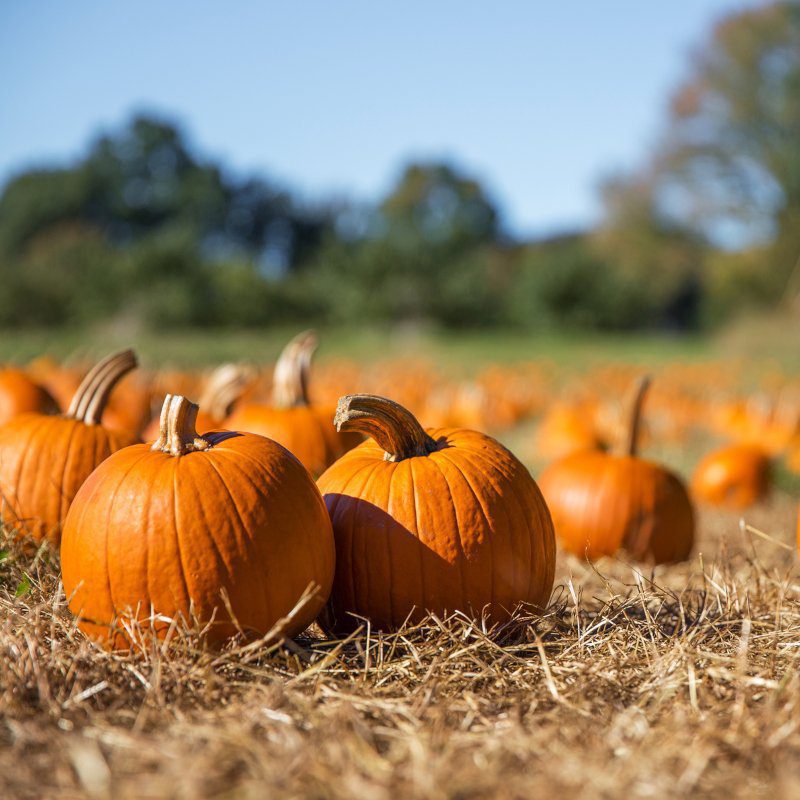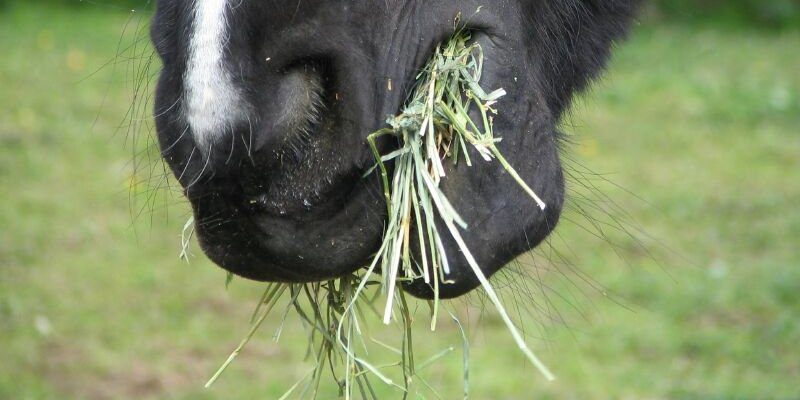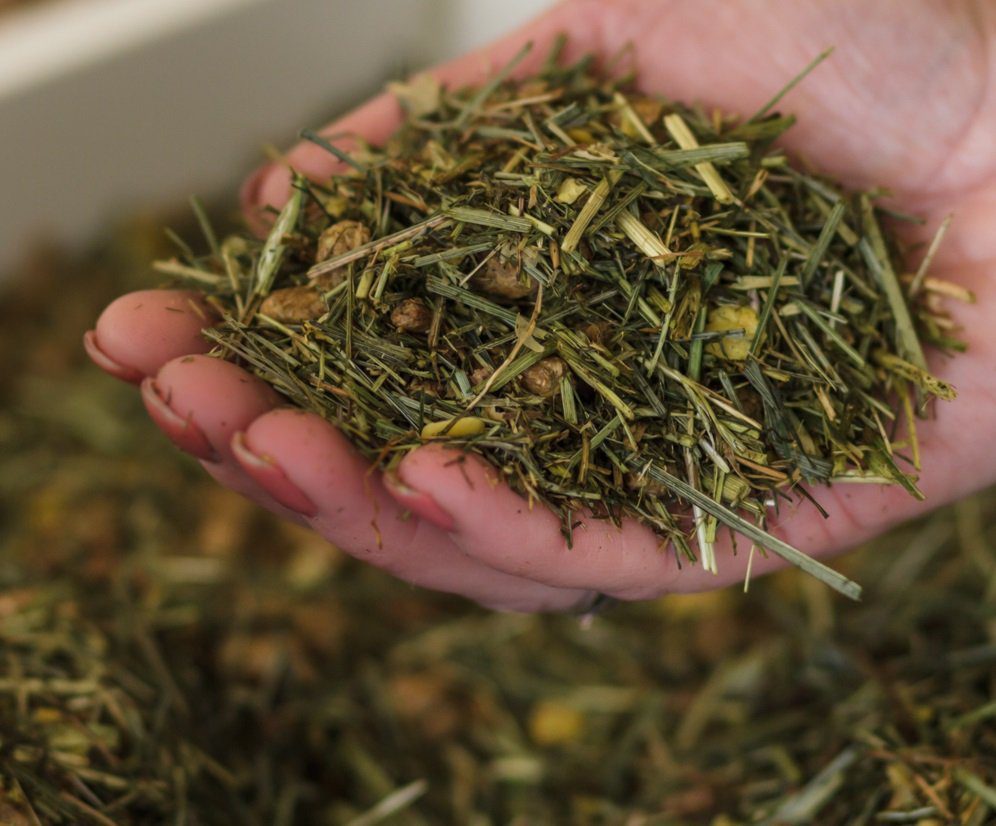Why feed forage and why is it so important for your horse?
The horse is a trickle feeder, designed to eat little and often. Their diet should be made up of a minimum of 1.5% of their bodyweight as forage per day. For a 500kg horse this is a minimum of 7.5kg of forage per day, or where possible it should be provided ad lib. Forage can be in the form of hay, haylage, grass or chaffs. Providing plenty of forage will fulfil both a physiological and psychological need for the horse. Horses are known as hind gut fermenters which means they have a large chamber in their digestive system specifically designed for fermenting fibre. Feeding plenty of forage helps to maintain the pH of the horse’s hindgut and provides the majority of their energy requirements. It will also provide bulk to their diet which in turn aids the passage of food through the digestive system and helps to prevent colic, caused by the intestines twisting over each other. Psychologically, providing ample forage will stimulate the horse’s natural need to chew.
Benefits of feeding forage:
Providing plenty of forage is particularly important during the winter. Horses ferment fibre in their hind gut, which produces heat. This helps to keep horses warm on the colder winter days and maintain their body condition. During this time of year when grass in their fields is sparse, giving additional sources of forage such as hay or haylage in the field is particularly important. Find advice on feeding your horse this winter in this helpful article.
Not only can feeding plenty of forage help to keep your horse warm, it can also help to prevent digestive problems such as equine gastric ulcer syndrome (EGUS) and behavioural issues as a result of boredom or the natural desire to chew being restricted. Find out more about EGUS.
Quality as well as quantity
As forage makes up such a large proportion of the horse’s diet, it is important that it is of good quality. If your hay or haylage shows any of the following it is best to avoid using it:
- Avoid hay or haylage that is mouldy.
- Avoid hay or haylage that is dusty, discoloured within the bale or smells musty.
- Avoid hay that contains large amounts of weeds or rubbish.
- Make sure that hay has been stored somewhere dry to protect it from the weather, but with room for air circulation.
- Where possible, for better nutritional content feed hay within one year of harvest.
Remember, forage is essential for the function of the equine digestive system.






